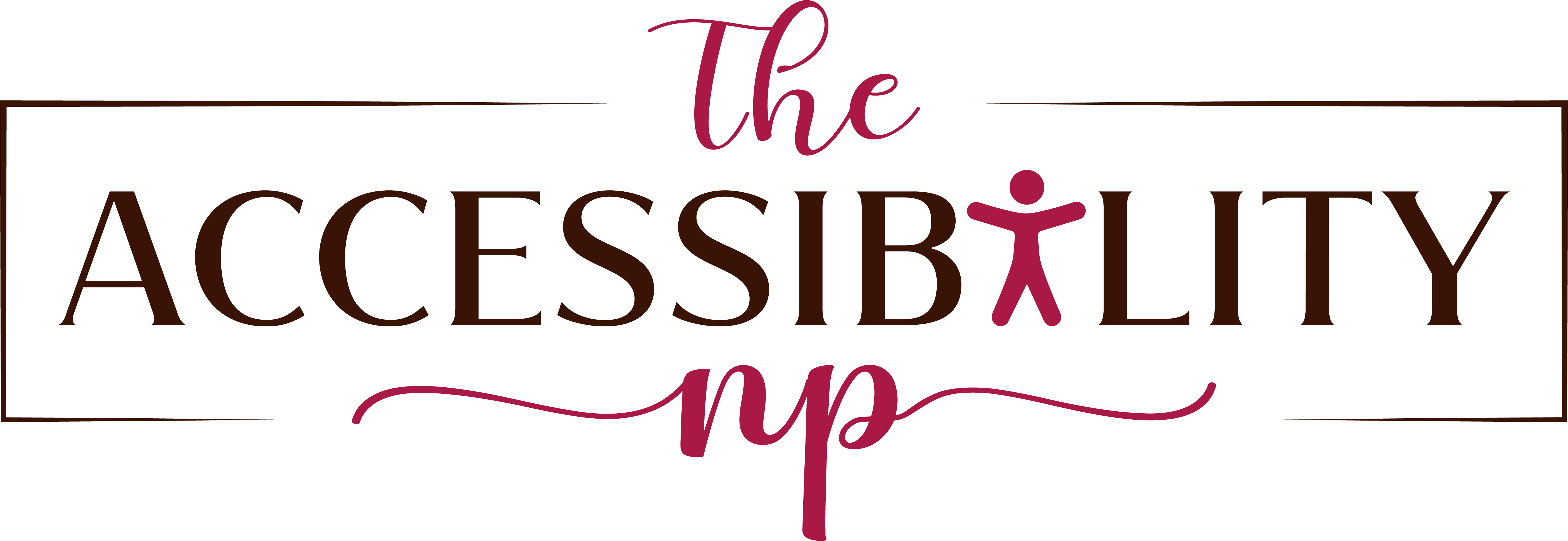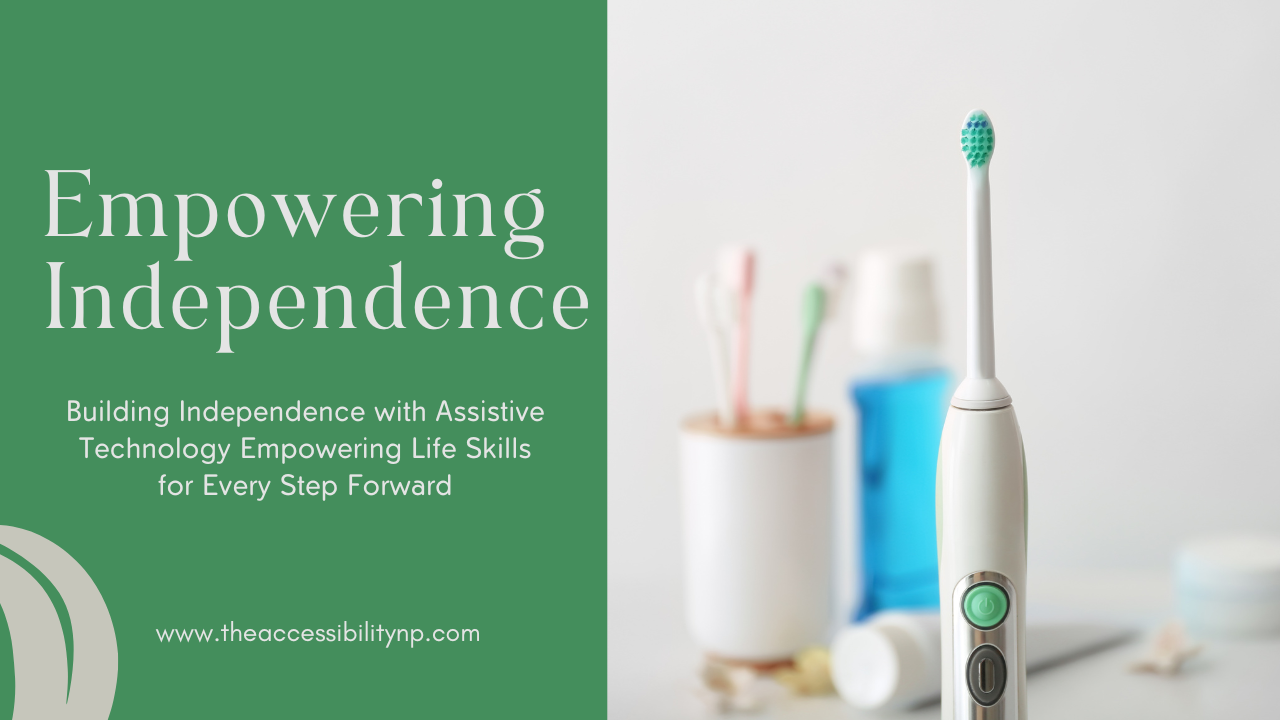As parents, we want to see our children thrive, building independence in the skills they need for daily life. For disabled children, learning activities of daily living (ADLs)—like eating, dressing, bathing, and toileting—can feel overwhelming, but with patience, encouragement, and the right tools, progress is always possible.
Assistive Technology (AT) offers solutions to meet children where they are, giving them the tools and confidence to practice and grow. Whether it’s mastering self-care routines or learning to communicate needs, AT can help create a pathway toward greater independence.
This guide will walk you through how to use AT to support your child in learning life skills for ADLs. You’ll find practical tips, encouraging examples, and plenty of reassurance that every step forward is a victory worth celebrating.
What Are Activities of Daily Living (ADLs)?
ADLs are the everyday self-care tasks we all do to take care of ourselves. They are often divided into two categories:
- Basic ADLs – Foundational self-care tasks like eating, dressing, bathing, toileting, and moving from one place to another.
- Instrumental ADLs (IADLs) – More advanced skills like cooking, shopping, managing medications, and household chores.
For children, learning ADLs means developing life skills that lead to greater independence and confidence. And for parents, teaching these skills is about breaking them into manageable steps and celebrating progress, no matter how small.
How Assistive Technology Can Help
Assistive Technology provides tools that adapt tasks to fit your child’s unique needs. AT isn’t about doing the task for them; it’s about creating ways for them to learn and succeed at their own pace. Let’s explore how AT can support specific ADLs and share tips to help you encourage and guide your child.
1. Building Confidence in Bathing and Hygiene
Bathing and hygiene tasks can be physically and mentally challenging for some children. AT offers tools to make these routines safer and more accessible.
How to Support Your Child:
- Create a simple, visual schedule to outline each step (e.g., turn on water, use soap, rinse).
- Practice one step at a time, offering plenty of praise.
- Use sensory-friendly options, like unscented soaps or warm towels, if your child is sensitive to textures or temperatures.
AT Tools to Support Bathing:
- Shower Chairs and Benches – Provide stability and comfort for children who tire easily or struggle with balance.
- Handheld Shower Heads – Allow children to control the water and practice washing specific areas.
- Long-Handled Sponges – Extend reach so children can bathe independently.
- Non-Slip Mats and Grab Bars – Reduce the risk of slipping and create a safer environment.
- Electric Toothbrushes – Make oral hygiene easier for children with limited dexterity.
Example:
Ella, a 10-year-old with mobility barriers, uses a shower chair and a long-handled sponge to bathe. Her mom helps her follow a visual schedule with colorful waterproof cards, giving Ella structure and confidence in her routine.
2. Encouraging Independence in Dressing
Getting dressed can be a major milestone in a child’s development. Adaptive clothing and dressing tools make this skill more manageable for children who have fine motor or sensory barriers.
How to Support Your Child:
- Start with easier tasks, like pulling on a shirt or slipping on shoes, before working on zippers or buttons.
- Use a mirror so your child can see what they’re doing.
- Celebrate progress with positive reinforcement, no matter how small the steps.
AT Tools to Support Dressing:
- Adaptive Clothing – Velcro or magnetic closures eliminate the need for complex fasteners.
- Zipper Pulls and Button Hooks – Help children practice with zippers and buttons at their own pace.
- Sock Aids and Shoe Horns – Assist children with putting on socks and shoes without bending.
- Dressing Sticks – Extend reach to help with shirts, pants, or jackets.
Example:
Liam, who has limited hand strength, learned to put on his socks using a sock aid. His mom started by practicing together, and now Liam can dress himself with minimal help.
3. Supporting Mealtime Skills
Eating is a crucial life skill that can feel challenging for children with motor or sensory barriers. AT helps by adapting utensils and creating opportunities for success.
How to Support Your Child:
- Introduce tools that fit your child’s needs, like weighted utensils for stability or cups with spill-proof lids.
- Encourage self-feeding, even if it gets messy—every attempt is progress!
- Break tasks into smaller steps, like holding the spoon before scooping food.
AT Tools to Support Eating:
- Adapted Utensils – Weighted or built-up handles make utensils easier to hold.
- Plate Guards and Non-Slip Mats – Keep plates and bowls from sliding.
- Specialized Cups – Options like no-spill or weighted cups support grip and reduce spills.
- One-Handed Food Prep Tools – Rocker knives and food stabilizers assist in cutting and preparation.
Example:
Grace, a six-year-old with motor delays, uses adapted utensils and a plate guard to eat independently. Her parents cheer her on every mealtime, making it a positive experience she looks forward to.
4. Navigating Toileting Skills
Toileting can feel like one of the most daunting ADLs to teach, but AT tools and a consistent routine can make it achievable for your child.
How to Support Your Child:
- Use visual aids or social stories to explain the steps of toileting.
- Create a consistent schedule to help your child develop a routine.
- Praise each attempt, even if it’s just sitting on the toilet.
AT Tools to Support Toileting:
- Potty Chairs and Raised Toilet Seats – Provide stability and make the process more accessible.
- Grab Bars – Offer support for balance while sitting and standing.
- Bidet Attachments – Assist with hygiene and reduce the need for physical help.
- Toilet Step Stools – Help smaller children feel secure and grounded.
Example:
Sam’s parents introduced a potty chair with grab bars to help him feel secure during toileting. Using a visual schedule, Sam practices each step and gains more confidence every day.
5. Encouraging Mobility and Household Skills
Moving around safely and participating in household tasks are valuable skills that foster independence. AT can help your child become more confident in navigating their environment.
How to Support Your Child:
- Encourage participation in household routines like tidying up toys or wiping surfaces.
- Use adapted tools that make tasks feel manageable and fun.
- Celebrate effort over outcome to keep motivation high.
AT Tools to Support Mobility and Household Skills:
- Reachers and Grabbers – Help children pick up items without bending or straining.
- Step Stools with Handrails – Provide stability for tasks like brushing teeth or reaching counters.
- Smart Home Devices – Voice-activated tools like lights or timers encourage independence.
- Adaptive Brooms and Mops – Lightweight and easy-to-grip options make cleaning tasks possible.
Example:
Sophia loves using her adaptive broom to sweep up crumbs after snack time. Her parents turn it into a game, making household chores a fun way to practice skills.
Closing Thoughts
Teaching your child life skills for ADLs is a journey filled with moments of growth, challenge, and joy. Assistive Technology is a powerful partner in this journey, offering tools that adapt to your child’s unique needs and empowering them to achieve their fullest potential.
Progress isn’t always linear, and it’s okay to take it one small step at a time. Remember to celebrate every success, no matter how small—it all counts.
Assistive Technology is about more than devices; it’s about fostering independence, dignity, and confidence in your child’s daily life. By embracing the right tools and strategies, you’re giving your child the chance to thrive and shine.
See you next Monday. Stay inspired and keep pushing for accessibility!

